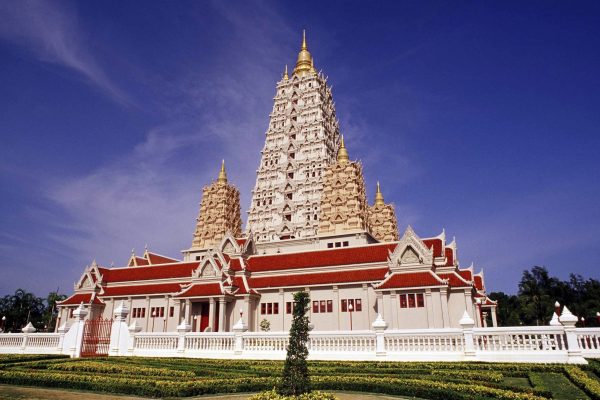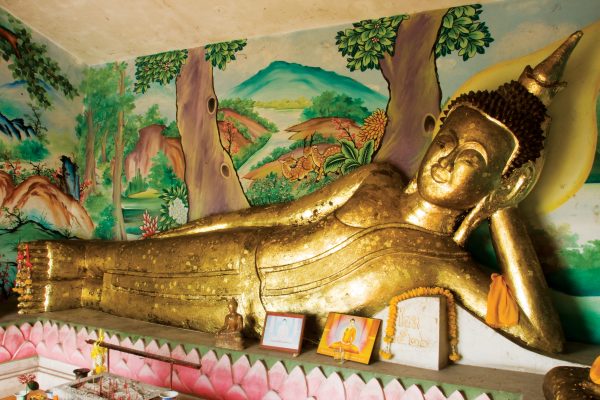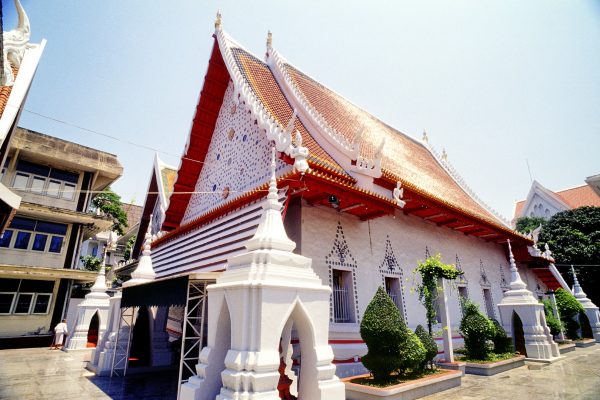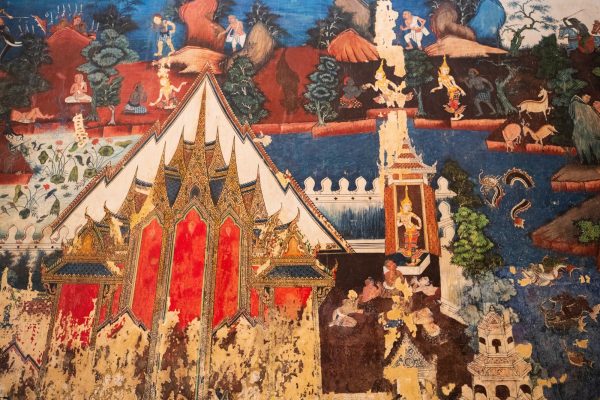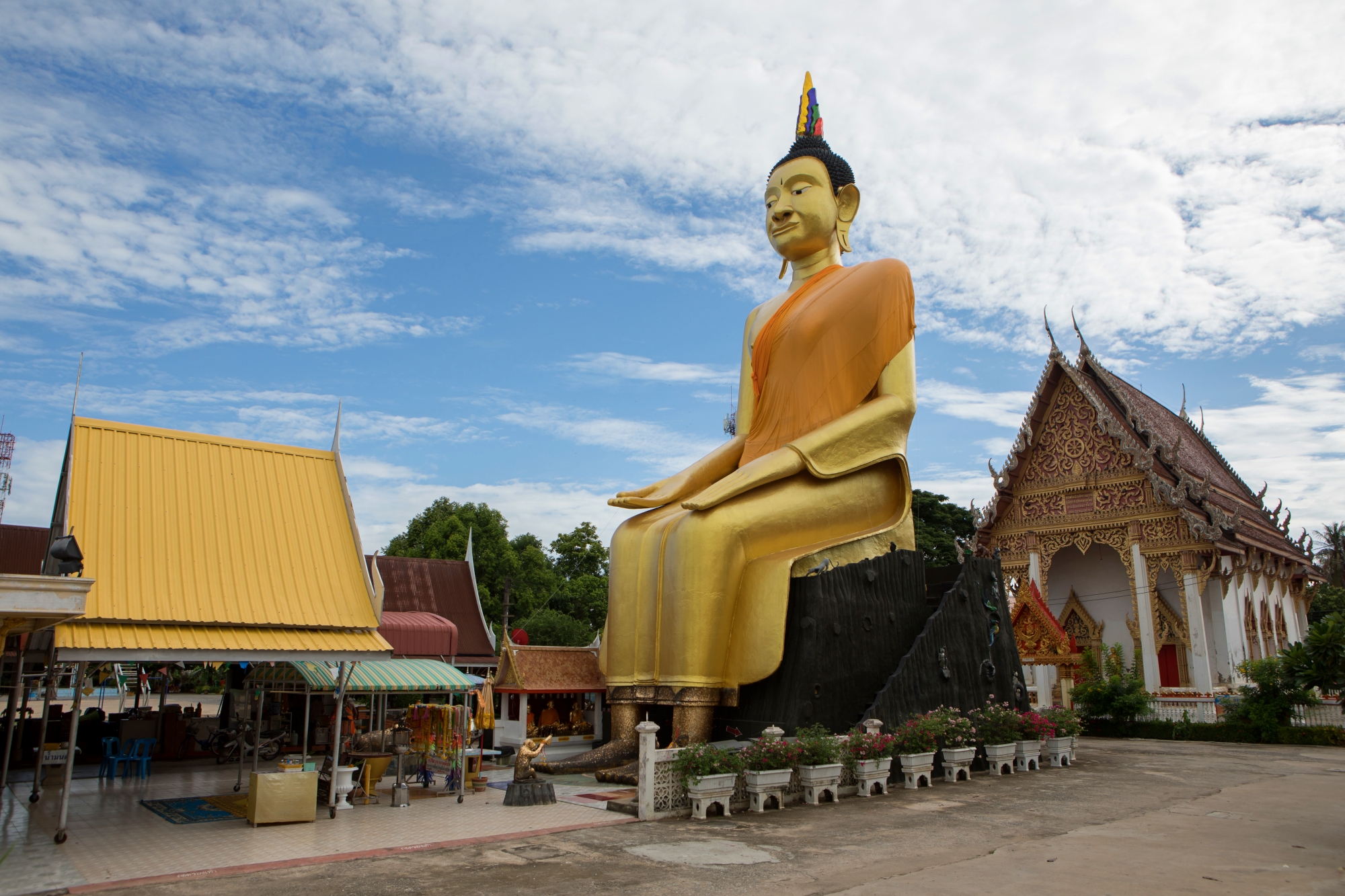
Wat Si Roi
In 1760 (2303 B.E.), King Alaungpaya of Burma ordered Hsinbyushin and Minkhaung Nawratha his sons to invade Myeik which was a part of Ayutthaya Kingdom. At that time, Khun Rong Palat Chu, a well-known teacher for dual wield swordsmanship and official of Wiset Chai Chan, grouped up and led four hundred sword-fighters under the name ‘Kong Attamat’ to accompany the army of Phraya Rattanathibet from the capital. During the royal army’s settlement at Kui Buri of Prachuap Khiri Khan, his group received a command to obstruct the Burma’s army at Wa Khao Bay, northern to the present Provincial Governor’s Office. The battle began as Kong Atthamat attacked the passing rival and went on for a night until noon of the next day. Although many Burmese soldiers were killed in the melee, the smaller number of Thai soldiers could not resist the larger opponent’s army and its supporting armies, and lost their lives in the war. Some were herded and drown in the sea, some were crushed by elephants, as it is said Kong Atthamat did master just not only sword-fighting but also the magic to protect them from cutting weapons. This tragedy discouraged the whole town of Wiset Chai Chan; villagers were too overwhelmed with the lost to do anything. As a sign of moving forward and memorial for the sacrifice of the brave soldiers , Wat Si Roi (literally meaning ‘four hundreds’ temple) was founded in 1770 (2313 B.E.), where later the abbot initiated the construction of pagoda to enshrine ‘the spirits’ of the Wiset Chai Chan soldiers. Wat Si Roi holds an annual festival on the full moon night in the twelfth Thai lunar month. People from all over the country come together at the temple to pray before ‘Luang Pho Yai’-the Buddha image of the temple-for fortune and better life. The worshippers usually provide fireworks or theatre shows as to express their appreciation to the sacred image when the wishes become true. Driving on Highway No. 3501, turn left into the road No. 329. Go straight for around 8 kilometres, cross Noi River, and then turn right at the crossroad into Highway No. 3454 for another 6.5 kilometres. The temple is on the right hand side.

